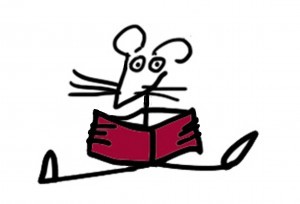Monsters, mistakes and modernity
Mapping the 16th century mind
June 16, 2022

Would you like to comment?
You need to login first
Not a member yet?
Comments:
Many thanks for a most interesting article introducing us to the part-mediaeval, part-modern thought world of the early 16th century. The maps of Muenster serve admirably to this end.
Muenster’s famous world map is an early instance of crowdsourcing. I know of an earlier one still—and no surprise, because the further back one goes the more expensive, relatively speaking, is long-distance travel, and hence the greater reliance on other travelers’ verbal accounts. Pomponius Mela drew maps and wrote descriptions of the then known world in about A.D. 43. He relied on the Greek geographer Strabo and on travelers’ accounts. One of his maps covers Europe, Africa and Asia. He then describes each part of the coastline in turn. As is the case with Muenster, the European part is the most realistic. He even identified the island of Guernsey, which he called Sena or Sarnia. I discovered this when studying John Ireland’s piano sonata “Sarnia” which starts by quoting Pomponius Mela’s or Julius Solinus’s description of the nightly music and dancing of the early Guernseyans.
Peter_G_Moll - 2022 06 18

Sign up for our email newsletter
Receive updates when we publish new content along with other exclusive bits and pieces.
Subscribe to our newsletter
Thanks so much Peter for your fascinating input. Great to hear the term ‘crowdsourcing’ applied to works from the 16th century!!! I’ll leave Terence respond in full cartographic detail!
Christine Evans-Pughe - 2022 06 21